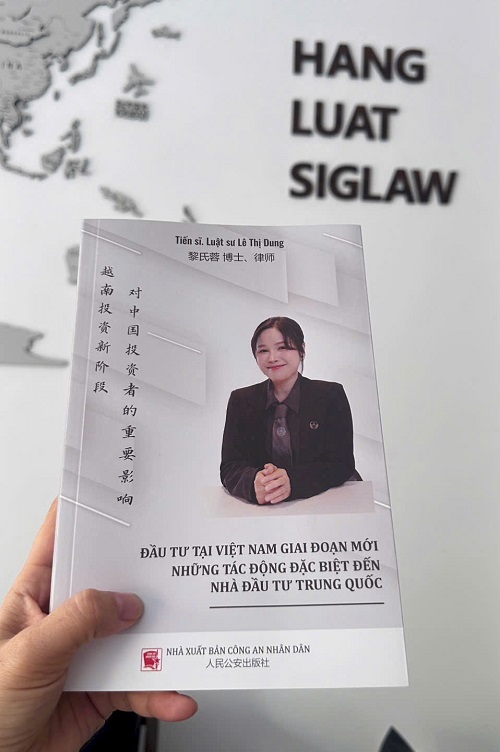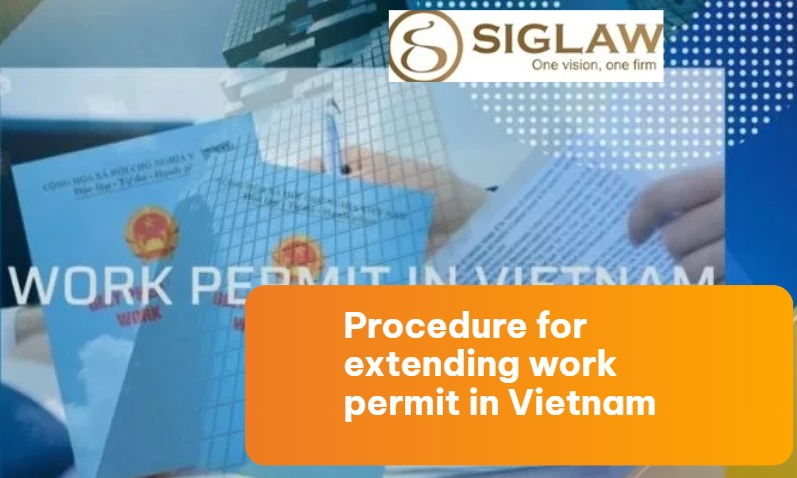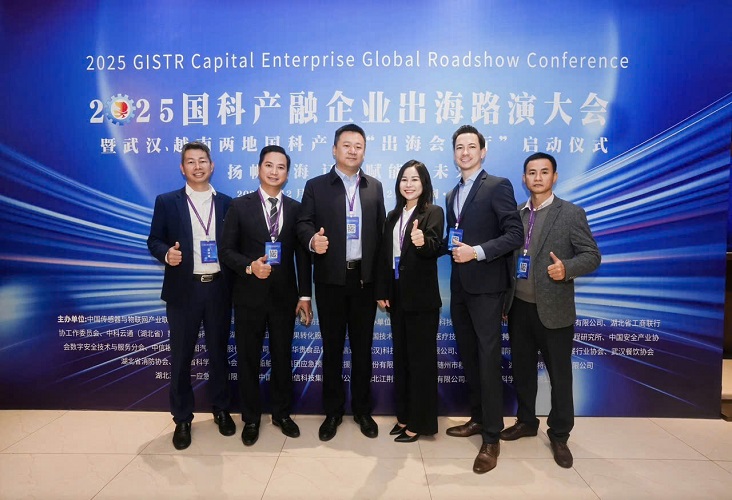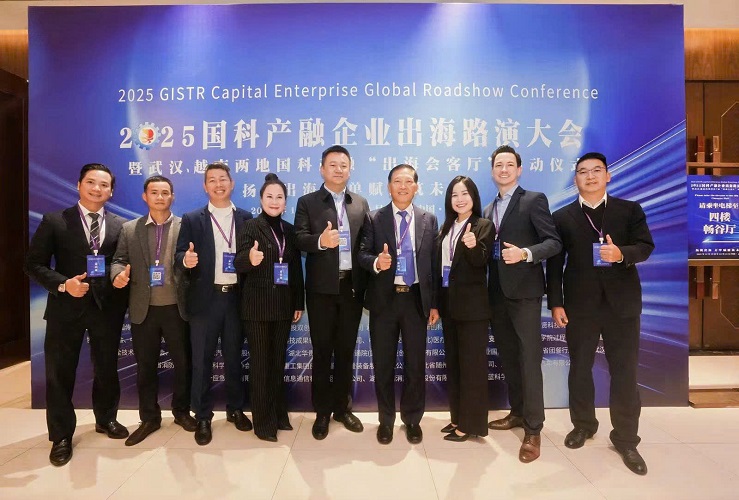Over the past decade, Vietnam has emerged as one of Asia’s most attractive investment destinations, thanks to its strategic geopolitical position, stable political environment, and flexible open-door policy. At the same time, the far-reaching reforms of the legal system on investment and business, particularly those taking effect from July 1, 2025, mark a completely new stage in Vietnam’s institutional reform and international integration process.
The book “Investing in Vietnam in the New Era – Special Impacts on Chinese Investors” is published as a practical analytical study that helps investors, lawyers, experts, and Chinese enterprises gain a clear understanding of the key legal changes, as well as capture trends, opportunities, and challenges during Vietnam’s transformation phase.

Scientific Structure – A Systematic and In-Depth Knowledge Framework
The book is structured into four major chapters, presented systematically from the legal framework to detailed sectoral analysis, combining academic research with practical insights into Vietnam’s investment law.
Chapter 1 – The Legal Framework for Investment in Vietnam and Key Changes after July 1, 2025
This chapter provides an overview of the investment environment and analyzes major reforms in the Law on Enterprises, Land Law, Law on Credit Institutions, Law on Social Insurance, and others effective from July 2025. It clarifies the direct impact on foreign direct investment (FDI) inflows, especially those from China, which now account for an increasingly significant share of Vietnam’s total foreign investment.
Chapter 2 – In-Depth Analysis of the Impact of New Regulations on Chinese Enterprises and Investors
This is the core chapter of the book, offering detailed analysis of how new policies affect strategic sectors such as manufacturing, real estate, trade and services, renewable energy, and high technology. Changes in taxation, credit, labor policies, and compliance costs are clearly presented, enabling Chinese enterprises to proactively plan their long-term strategies in Vietnam.
Chapter 3 – Special Considerations for Chinese Investors in Vietnam
This chapter examines the unique characteristics of Chinese investment, differences in business culture, cooperation models, transparency requirements, and the challenges of operating within Vietnam’s legal environment. The book provides comparative perspectives between Chinese investors and those from Japan, South Korea, and the EU -highlighting effective adaptation strategies and successful practices.
Chapter 4 – Key Notes and Recommendations for Chinese Investors
Serving as the concluding chapter, it highlights common legal risks, suitable investment strategies, and dispute resolution mechanisms in Vietnam. The recommendations are based on the practical consulting and dispute resolution experience of seasoned lawyers in the FDI sector, helping Chinese investors understand Vietnam to invest successfully and sustainably.
Professional Perspective – A Bridge Between Two Economies
Unlike purely academic publications, this book is written from the perspective of lawyers specialized in international investment who have directly advised hundreds of Chinese enterprises in Vietnam.
This combination of legal expertise and practical experience creates the distinctive value of the work: each analysis is supported by specific cases, real examples, and actionable advice.
Therefore, the book is not only a legal reference but also a strategic compass for Chinese investors seeking opportunities in the new regional supply chain. Amid global production shifts and the “China +1” trend, Vietnam stands out as an optimal destination—but one that requires investors to deeply understand local regulations, risks, and legal culture.
Practical Value – A Handbook for Modern Investors
“Investing in Vietnam in the New Era” not only compiles information but also provides a strategic thinking framework to help Chinese enterprises:
- Accurately assess Vietnam’s legal environment and policy trends;
- Choose appropriate investment models and partnership structures;
- Proactively prevent risks related to taxation, land, labor, and legal compliance;
- Build sustainable development strategies for the long term.
With its bilingual Chinese–Vietnamese presentation, clear structure, tables, examples, and comparative analyses, the book serves as a practical reference for lawyers, consultants, corporate managers, and policymakers.
Conclusion – A Companion for a Sustainable Investment Journey
The book “Investing in Vietnam in the New Era – Special Impacts on Chinese Investors” represents a synthesis of legal knowledge, practical experience, and regional strategic vision. It is not merely a research work but a bridge of understanding between two major Asian economies.
Through this book, the author aims to provide Chinese investors with a clear legal roadmap, helping them confidently position their investment strategies in Vietnam – a market entering its “golden era” of integration, development, and regional cooperation.









